The Mystery Of Picasso | Henri-Georges Clouzot | 1956





The Mystery of Picasso | Henri-Georges Clouzot | 1956
Pablo Picasso
More Posts from Luhuhul and Others

#laladronadelibros #markuszusak #books #thebookthief https://www.instagram.com/p/CPwcsMtrmIC/?utm_medium=tumblr


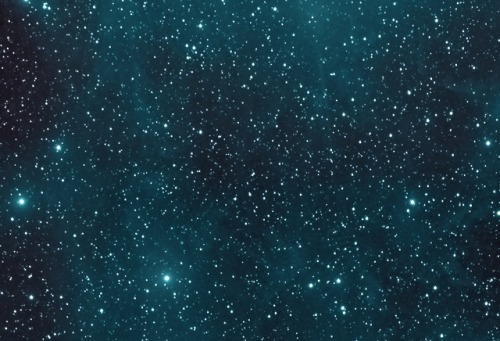
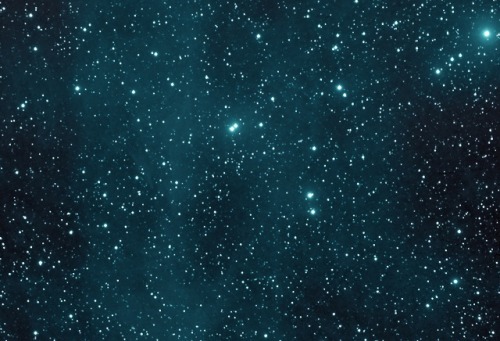
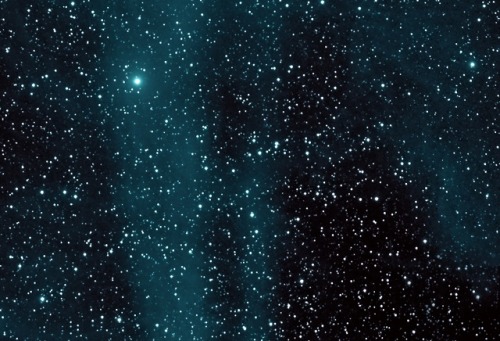
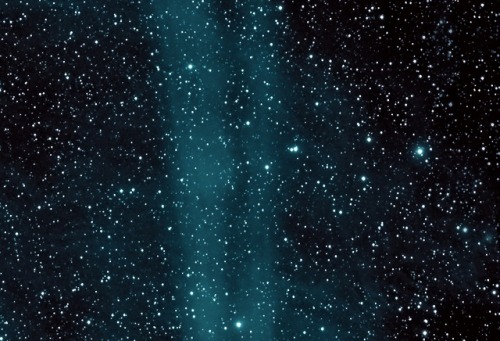
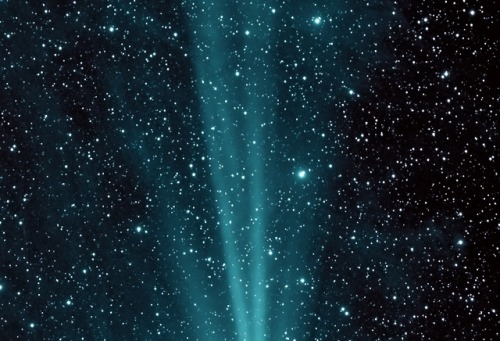

Comet C/2014 Q2 Lovejoy and the Pleiades
Image credit: Joseph Brimacombe










Ask Ethan: Is Spacetime Really A Fabric?
“I’d like somebody to finally acknowledge and admit that showing balls on a bed sheet doesn’t cut it as a picture of reality.”
Okay, I admit it: visualizing General Relativity as balls on a bedsheet doesn’t make a whole lot of sense. For one, if this is what gravity is supposed to be, what pulls the balls “down” onto the bedsheet? For another, if space is three dimensional, why are we talking about a 2D “fabric” of space? And for another, why do these lines curve away from the mass, rather than towards it?
It’s true: this visualization of General Relativity is highly flawed. But, believe it or not, all visualizations of General Relativity inherently have similar flaws. The reason is that space itself is not an observable thing! In Einstein’s theory, General Relativity provides the link between the matter and energy in the Universe, which determines the geometric curvature of spacetime, and how the rest of the matter and energy in the Universe moves in response to that. In this Universe, we can only measure matter and energy, not space itself. We can visualize it how we like, but all visualizations are inherently flawed.
Come get the story of how to make as much sense as possible out of the Universe we actually have.
Have You Ever Seen An Eclipse From Space? Check It Out
On June 21, 2020 an annular solar eclipse passed over parts of Asia and Africa. Eclipses happen when the Moon lines up just right between the Sun and Earth, allowing it to block out part or all of the Sun’s bright face and cast a shadow on Earth.

On that day, the International Space Station was orbiting over Kazakhstan and into China when this picture of the solar eclipse shadowing a portion of the Asian continent was captured by an external high definition camera. In the left foreground, is the H-II Transfer Vehicle-9 from Japan.

Here is another angle as seen from the orbital lab. In the left foreground, is the Progress 74 resupply ship from Russia.
Make sure to follow us on Tumblr for your regular dose of space: http://nasa.tumblr.com







PETER PAN (2003) dir. P. J. Hogan
“Francamente, estaba horrorizado de la vida, de todo lo que un hombre tenía que hacer solo para comer, dormir y poder vestirse.”
Factótum, Charles Bukowski.

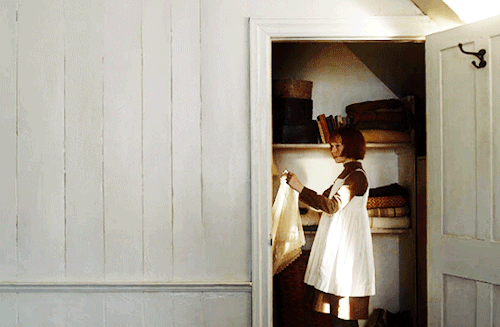


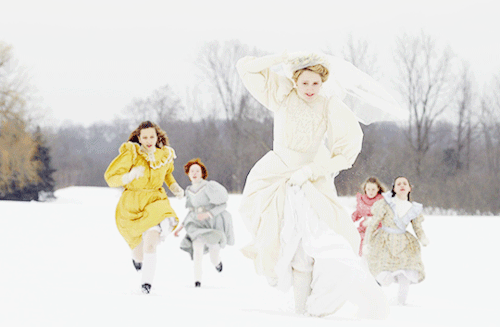

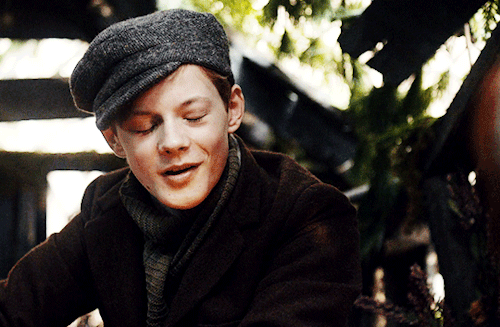

》 Anne with an E ⇢ 2.08 “Struggling Against the Perception of Facts”
“I take you, matched to my intellect, proponent of my happiness, friend of my heart to be my lifemate. Let us dance together as equal partners through the years.”
Era la persona más hermosa que había visto en mi vida. Me pregunto si alguna vez alguien pensará lo mismo sobre mí.
Cartas de amor a los muertos - Ava Dellaira
Rwwwr
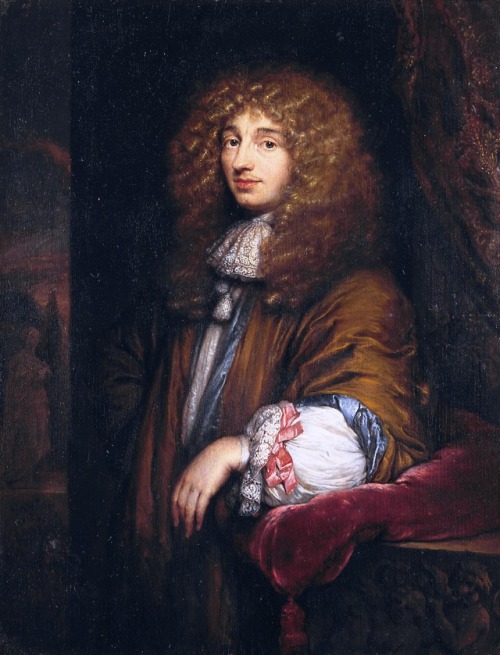
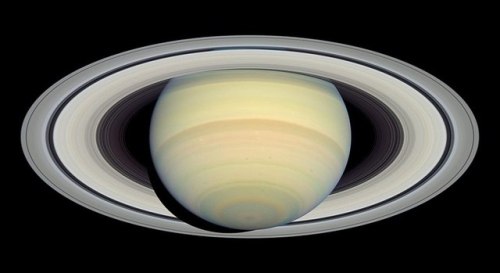
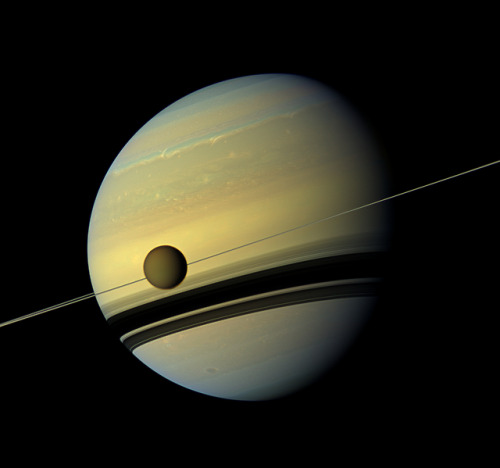
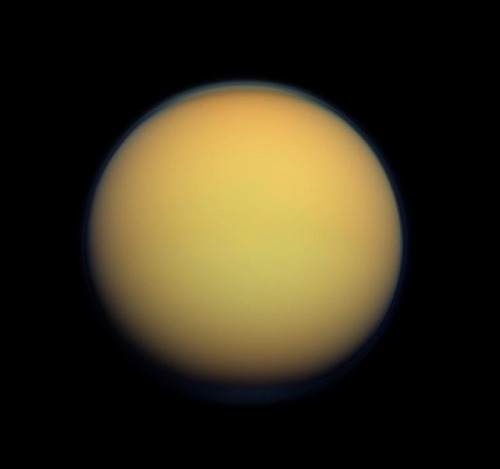
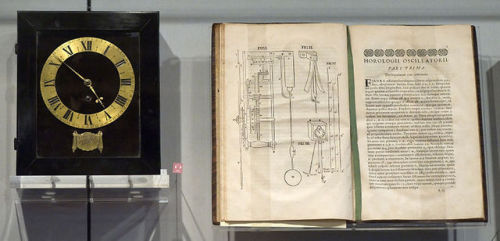
Christiaan Huygens
Christiaan Huygens (14 April 1629 – 8 July 1695) was a Dutch physicist, mathematician, astronomer and inventor, who is widely regarded as one of the greatest scientists of all time and a major figure in the scientific revolution. In physics, Huygens made groundbreaking contributions in optics and mechanics, while as an astronomer he is chiefly known for his studies of the rings of Saturn and the discovery of its moon Titan. As an inventor, he improved the design of the telescope with the invention of the Huygenian eyepiece. His most famous invention, however, was the invention of the pendulum clock in 1656, which was a breakthrough in timekeeping and became the most accurate timekeeper for almost 300 years. Because he was the first to use mathematical formulae to describe the laws of physics, Huygens has been called the first theoretical physicist and the founder of mathematical physics.
In 1659, Huygens was the first to derive the now standard formula for the centripetal force in his work De vi centrifuga. The formula played a central role in classical mechanics and became known as the second of Newton’s laws of motion. Huygens was also the first to formulate the correct laws of elastic collision in his work De motu corporum ex percussione, but his findings were not published until after his death in 1703. In the field of optics, he is best known for his wave theory of light, which he proposed in 1678 and described in 1690 in his Treatise on Light, which is regarded as the first mathematical theory of light. His theory was initially rejected in favor of Isaac Newton’s corpuscular theory of light, until Augustin-Jean Fresnel adopted Huygens’ principle in 1818 and showed that it could explain the rectilinear propagation and diffraction effects of light. Today this principle is known as the Huygens–Fresnel principle. read more
Image credit: NASA/JPL, Commons.wikimedia
“My darling stars, please help me. Let him know I am waiting for him. Dear wind, help me. Go to my Prince and tell him I’m waiting.”
— Русалочка (Rusalochka)
-
 bobbysmoviecorner reblogged this · 1 year ago
bobbysmoviecorner reblogged this · 1 year ago -
 bobbysmoviecorner liked this · 1 year ago
bobbysmoviecorner liked this · 1 year ago -
 pablolf reblogged this · 3 years ago
pablolf reblogged this · 3 years ago -
 pablolf liked this · 3 years ago
pablolf liked this · 3 years ago -
 omar-hatem liked this · 3 years ago
omar-hatem liked this · 3 years ago -
 1-of1 reblogged this · 3 years ago
1-of1 reblogged this · 3 years ago -
 a-most-peculiar-mann liked this · 3 years ago
a-most-peculiar-mann liked this · 3 years ago -
 thisisart143 reblogged this · 3 years ago
thisisart143 reblogged this · 3 years ago -
 gnothi-seayton liked this · 3 years ago
gnothi-seayton liked this · 3 years ago -
 venus-sx reblogged this · 3 years ago
venus-sx reblogged this · 3 years ago -
 lovefilmsandmusic reblogged this · 3 years ago
lovefilmsandmusic reblogged this · 3 years ago -
 christophwaltztoocute liked this · 3 years ago
christophwaltztoocute liked this · 3 years ago -
 schimitfacts reblogged this · 3 years ago
schimitfacts reblogged this · 3 years ago -
 lazuliebee liked this · 3 years ago
lazuliebee liked this · 3 years ago -
 harmonia-n-gropius liked this · 3 years ago
harmonia-n-gropius liked this · 3 years ago -
 pippydog reblogged this · 3 years ago
pippydog reblogged this · 3 years ago -
 pippydog liked this · 3 years ago
pippydog liked this · 3 years ago -
 ragamuffingunnar liked this · 3 years ago
ragamuffingunnar liked this · 3 years ago -
 maeganbobaegan liked this · 3 years ago
maeganbobaegan liked this · 3 years ago -
 dad-is-on-a-hunting-trip liked this · 3 years ago
dad-is-on-a-hunting-trip liked this · 3 years ago -
 thesuperabsurdist liked this · 3 years ago
thesuperabsurdist liked this · 3 years ago -
 melies0812 liked this · 3 years ago
melies0812 liked this · 3 years ago -
 areolaxborealis liked this · 3 years ago
areolaxborealis liked this · 3 years ago -
 theonewhostealsyoursoul reblogged this · 3 years ago
theonewhostealsyoursoul reblogged this · 3 years ago -
 angelayala95 liked this · 3 years ago
angelayala95 liked this · 3 years ago -
 soon--soon liked this · 3 years ago
soon--soon liked this · 3 years ago -
 yesdanielosuarzblog liked this · 3 years ago
yesdanielosuarzblog liked this · 3 years ago -
 robertmitchum reblogged this · 3 years ago
robertmitchum reblogged this · 3 years ago -
 srryiamlate liked this · 3 years ago
srryiamlate liked this · 3 years ago -
 halfplacket liked this · 4 years ago
halfplacket liked this · 4 years ago -
 punishmentnumbersix reblogged this · 4 years ago
punishmentnumbersix reblogged this · 4 years ago -
 d3notes liked this · 4 years ago
d3notes liked this · 4 years ago -
 cest-la-vie-mate liked this · 4 years ago
cest-la-vie-mate liked this · 4 years ago -
 chucklepea-hotpot liked this · 4 years ago
chucklepea-hotpot liked this · 4 years ago -
 mjvliv liked this · 4 years ago
mjvliv liked this · 4 years ago -
 caravaggieschitracaravaggieschi reblogged this · 4 years ago
caravaggieschitracaravaggieschi reblogged this · 4 years ago -
 caravaggieschitracaravaggieschi liked this · 4 years ago
caravaggieschitracaravaggieschi liked this · 4 years ago -
 post-birthapathy liked this · 4 years ago
post-birthapathy liked this · 4 years ago -
 marinelsheu liked this · 4 years ago
marinelsheu liked this · 4 years ago -
 lebuttthead liked this · 4 years ago
lebuttthead liked this · 4 years ago -
 mertfen liked this · 4 years ago
mertfen liked this · 4 years ago -
 rose-monde liked this · 5 years ago
rose-monde liked this · 5 years ago
